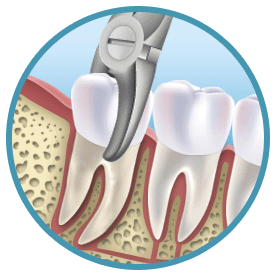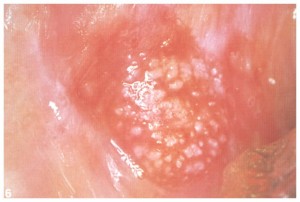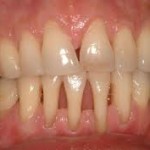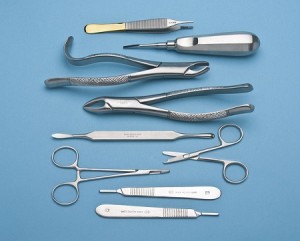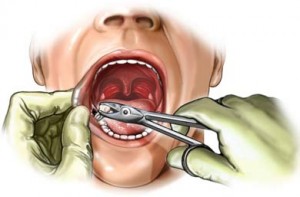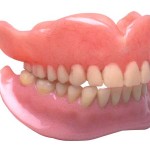Tooth extraction may sound easy but in fact experiences as well as the proper teeth extraction techniques are required to ensure that the tooth is safely out of the mouth. There are generally two methods of teeth extraction – simple or surgical extraction. Continue reading
